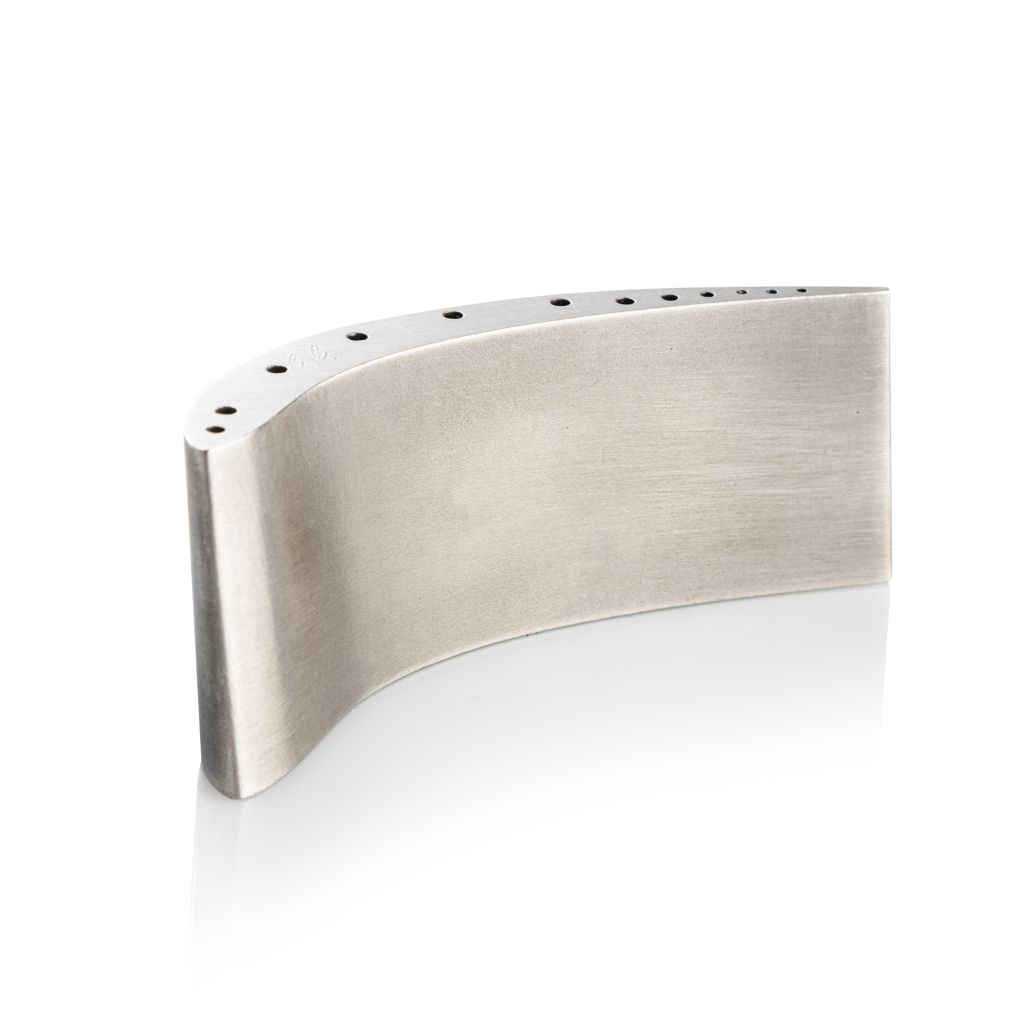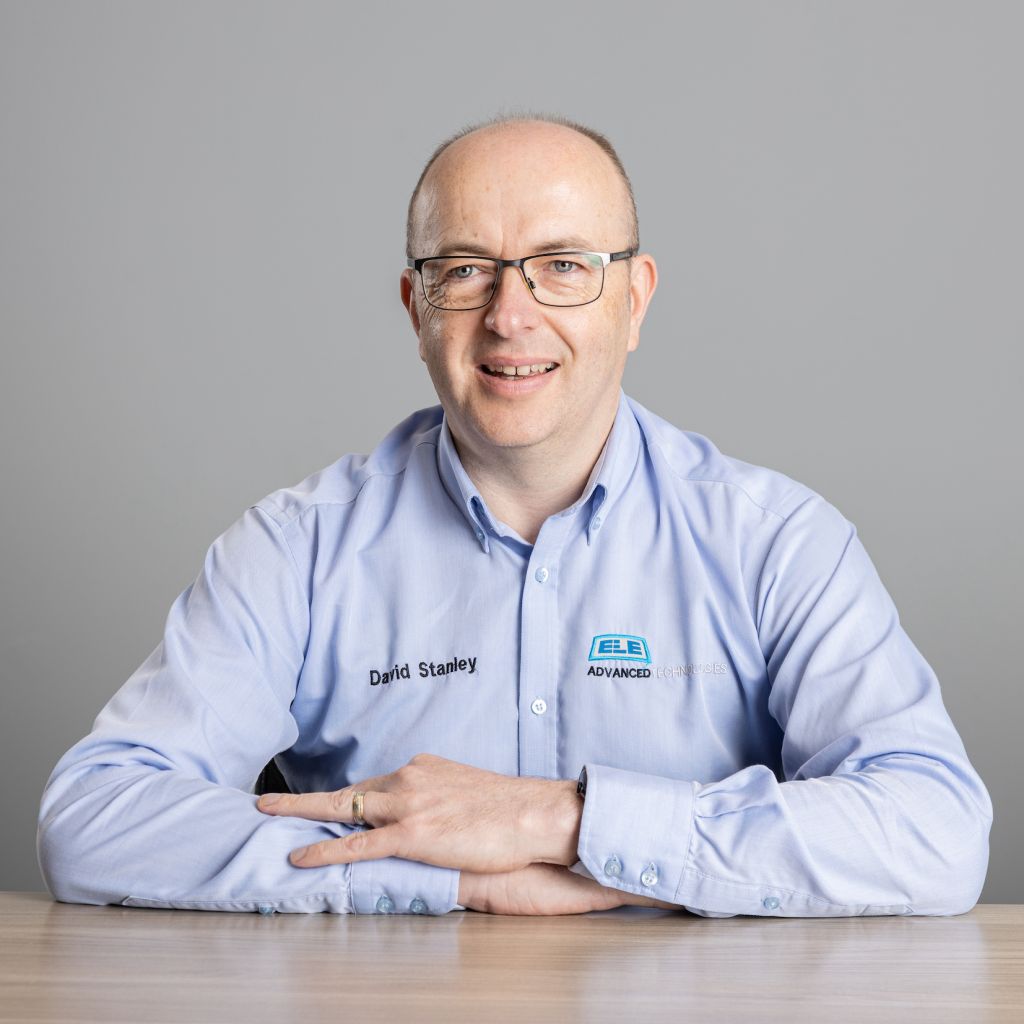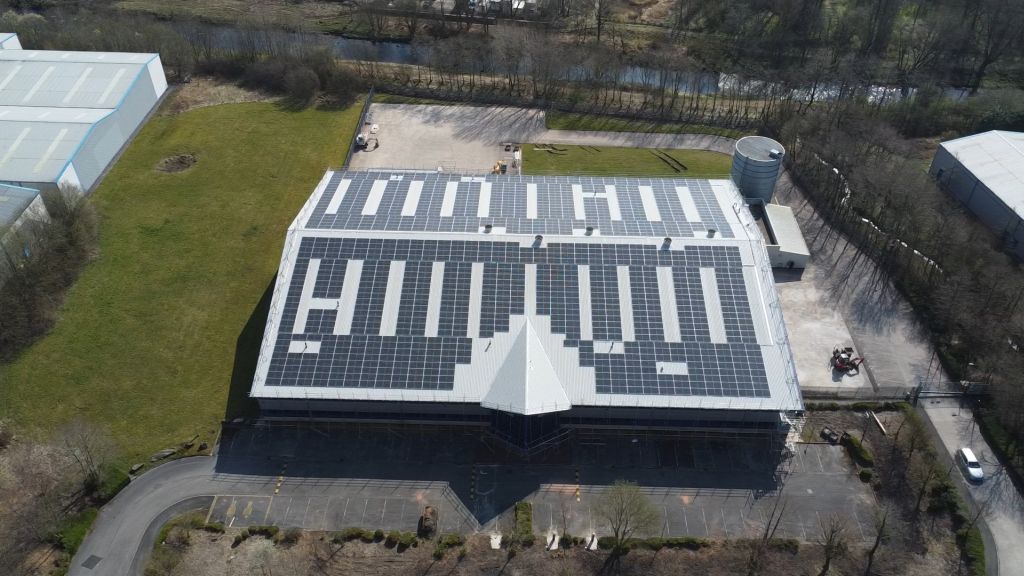Making things possible

Aerospace Manufacturing hears from CEO, David Stanley to find out how ELE Advanced Technologies has made partnerships central to everything it does. Its focus is on making things possible which, as he explains, can only be achieved through effective partnerships across the supply chain.
ELE Advanced Technologies specialises in producing complex, high-integrity components for the aerospace sector, and works with many of the world’s biggest OEMs.
Many organisations talk about building partnerships across supply chains to achieve success. But what do these partnerships actually look like and what difference do they make?
Q) What does ‘partnership working’ mean to you?
Partnership working for us is about taking the time to understand the challenges our customers or suppliers face. Sometimes these conversations are prompted by us, other times they result from our team being approached to help. Either way, by working together transparently and collaboratively – as a team – we are often able to find a solution to problems, which on the face of it, seem impossible.

More often than not it’s not just about making something either. It’s about building understanding and sharing challenges to develop a workable solution – which in aerospace is typically focused on technical, timescale or volume requirements, or commercial negotiations.
Q) Who do you partner with?
Our customers certainly. ELE’s strong reputation is based on this. One of our tier one customers recently commented on how they know that when they come to our team with a problem, we’ll do our best to find a solution. And the result of that can-do approach can only be realised by working together – to explore all options. It extends the art of the possible. Plus, collaborating closely with suppliers and research bodies is a key part of this.
For us, partnership working also extends beyond the supply chain, to working with our investment partners, LDC. In addition to investing over £12 million in ELE, the knowledge and expertise they have brought have enabled us to relocate to a new larger manufacturing facility, enhance our ESR credentials and target new markets. Not to mention increasing revenues from £14 million to £25 million over four years. We achieved this together.
Q) When has this approach paid off?
When problem-based conversations resulted in our team developing a unique solution to prevent engine turbine blade components from overheating. A key customer asked us to look into how we could maximise cooling to avoid the performance, sustainability and cost implications of this common issue with hot-end components. We set to work and combined different techniques to develop a solution that enables the most complex and effective cooling hole geometries.

The result of this is that not only has enabling turbine blades to run at higher temperatures extended the lifespan of components. It also increases the efficiency of an engine by up to 30%, which in turn lowers fuel consumption and CO2 emissions. Such innovation only comes about by bringing together different technologies, skills and approaches.
Q) How does the wider supply chain benefit?
Well, just as our customers approach us with their challenges – we too work closely with our supply chain to identify and explore potential solutions. An open and transparent approach helps, in terms of communicating what together we aim to achieve, and the potential benefits for all involved.
An example of this is a recent project where products were arriving from our supplier in batches of three or six, however, the customer needed them delivered in batches of 29. So working closely with the supplier we developed changes that enabled the products to be delivered in batches of 29, in serial order – and we were able to send the products out to the customer in the original packaging. This enhanced performance in terms of time, sustainability and value. And everybody benefitted. Win-win.
Q) When are partnerships most important?
All the time. However most definitely when faced with a challenge. The ‘a problem shared is a problem halved’ analogy rings true in our experience. And at ELE, we love it when a customer comes to us with a problem. We don’t just make things, we solve problems.
Plus, to take this one step further, what we’ve discovered is that when you do find solutions, problems don’t then stop arising. Instead, new ones come along because together we are progressing and moving forward, and ambitions and aspirations grow.
Q) What aspects are key to effective partnerships?
Having the right attitude is so important. If everybody’s pulling in the same direction and shares the drive to succeed and achieve more, partnerships flourish.
For us, a key element is our process focus. Whereas others may be focused on having a particular product to sell and bring to market, we instead apply our technology, knowledge and expertise with different customers across lots of different processes and parts to achieve what’s required. Being at the forefront of technological developments is paramount so we work very closely with our machine suppliers and research partners to drive R&D.
Q) Is partnerships just a bit of a buzzword?
It may be for some, but certainly not in our case. The developments and successes an organisation achieves speak for themselves in terms of how partnerships are being applied. Those that live and breathe it will achieve together. Success and collaboration are far from mutually exclusive.

Working with our investment partners over recent years has been transformational for ELE, for example. And together we have more ambitious, growth-driven plans for the future – focused on further enhancing customer relationships, growing our global customer base and continuing to lead on sustainability and innovation. We’ll need to work with all our partners to turn these plans into reality.
Q) And one final top tip for supply chain partnership working?
Listen. For true collaboration to happen it’s crucial to understand what is important to all parties and what parameters you need to work within. Only then can you each apply a flexible and transparent approach to achieve success. First and foremost, listen to partners to establish exactly what good likes like, then together you can make it possible.












